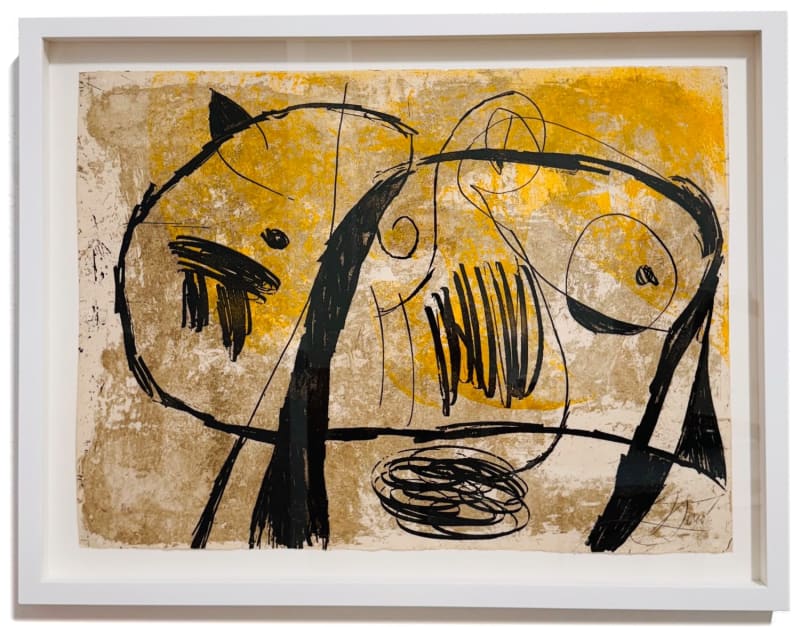Joan Miró was a seminal figure in 20th-century avant-garde painting, known for his innovative use of line, organic shapes, and color that significantly contributed to Surrealism. His famed triptych Blue I, II, III (1961) exemplifies his ability to conjure evocative spaces using only blue, orange, and black. “Little by little, I've reached the stage of using only a small number of forms and colors,” Miró reflected, noting the historical precedence of this approach in tenth-century frescoes.
Born on April 20, 1893, in Barcelona, Spain, Miró initially studied commerce before defying his parents to pursue art at his hometown’s academy. In 1919, he moved to Paris and immersed himself in the Surrealist milieu, forming friendships with key figures such as André Breton, Max Ernst, Jean Arp, and André Masson. This period marked a significant evolution in his artistic style.
Miró’s influence extended across the Atlantic, profoundly impacting American painters like Arshile Gorky and Mark Rothko. His work is celebrated for its imaginative and dream-like qualities, blending elements of Catalan folk art with contemporary surrealist techniques. Miró's exploration of abstraction and symbolism opened new avenues in modern art, solidifying his legacy as a pioneer of Surrealism.
Joan Miró passed away at age 90 on December 25, 1983, in Palma de Mallorca, Spain. Today, his works are housed in prominent institutions, including the Art Institute of Chicago, The Museum of Modern Art in New York, the Tate Gallery in London, and the Fundació Joan Miró in Barcelona, a museum dedicated to preserving and showcasing his artistic legacy.
